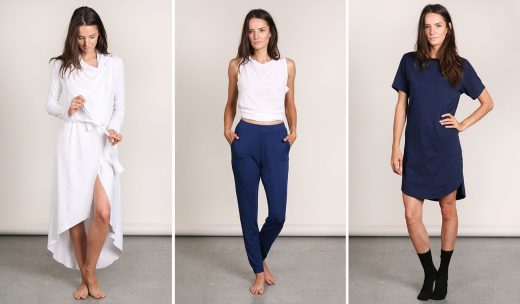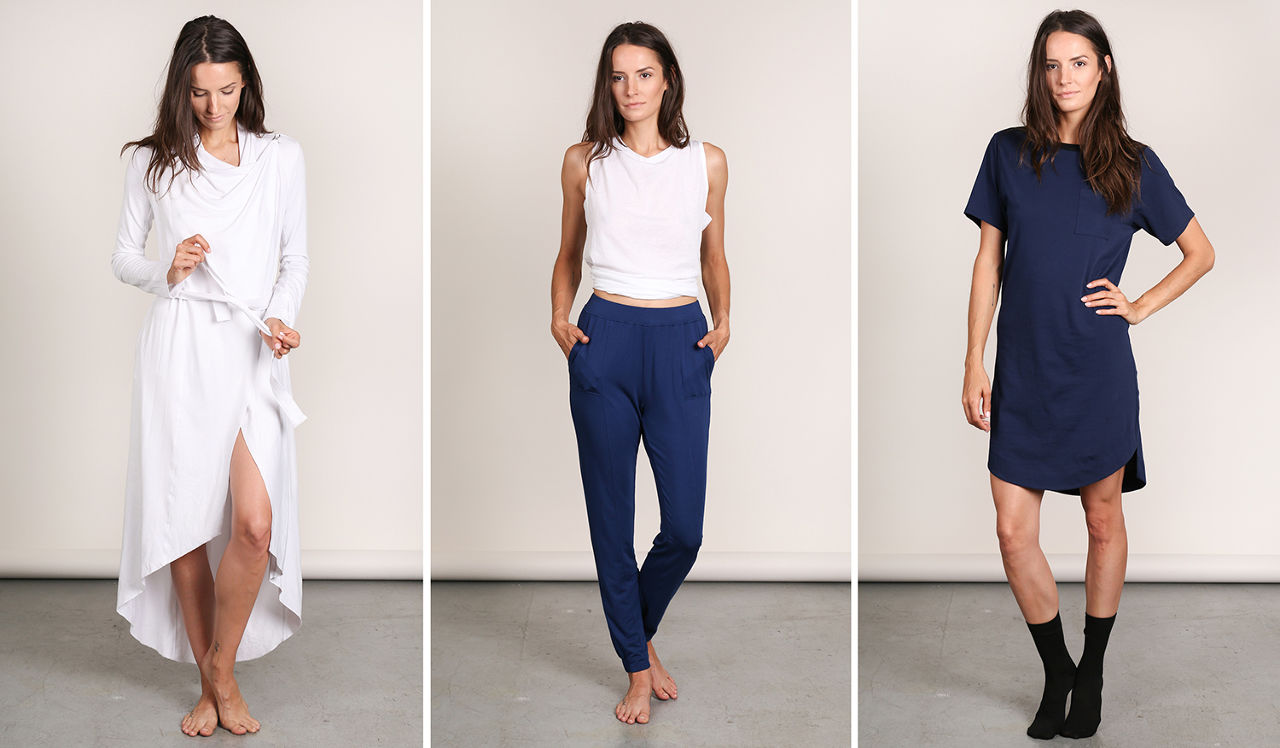These Companies Dream Of Becoming The Lululemon Of The Pajama Industry
Will wearing a ratty college T-shirt and sweats to bed soon go out of fashion? The pajamas industry is growing, and retailers aren’t sleeping on how to reinvent the bygone ensemble.
What was once a symbol of buttoned-down ’50s attire (think Ricky and Lucy in collared PJ sets, tucking into their separate beds) has slowly inched its way back into pop culture. Look no further than popular TV shows—New Girl, House of Cards, or Scandal—to see protagonists clad in chic silk or cotton designs reminiscent of a tidier bedtime era.
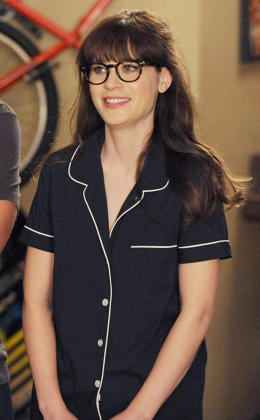
But while earlier decades cherished the ensemble for its conservatism, today’s pajamas differ in terms of comfort, style, and intent. For consumers, the revival is partially inspired by recent Fashion Week runways, an overall trend toward healthier living, increased awareness of the benefits of sleep, and fresh new takes on vintage designs. Throughout all this, a new crop of companies hopes to take ownership of unclaimed territory: nighttime apparel.
“It makes going to bed more of a ritual,” Claire Mazur, cofounder of online retailer and fashion destination Of A Kind, says of her sleepwear collection. The recent pajamas convert was inspired by Marie Kondo’s best-selling decluttering guide, The Life-Changing Magic of Tidying Up, which advocates surrounding yourself with items you love.
“A light turned on when she wrote about how the things that you wear when you are at home by yourself are just as important, if not more important, than the things that you wear when you’re around people,” she explained. “You want to look good for yourself. You want to feel good about yourself.”

It’s a sentiment shared by Ashley Merrill, who founded Lunya in 2012. The entrepreneur grew tired of wearing her husband’s old sweatshirt and boxers to bed, and launched her own company because she wanted something that was neither lingerie nor stuffy traditional PJ set.
Lunya’s modern take on sleepwear aims to help the woman whose lifestyle demands comfort, style—and easy transitions for running out of the house on errands. In the last year, the predominantly direct-to-consumer business has “grown tremendously,” no doubt due to the designs, which starkly differ from typical button-down PJ sets. The line features drapey, minimalist styles like stretchy jogger pants and lightweight rompers.
“You spend a third of your life asleep, and that doesn’t even include the time you spend hanging around the house,” said Merrill, who views pajamas as not only a wise wardrobe investment, but an empowering feminist product. “People will spend $250 on a cocktail dress that they’ll wear two or three times, and we feel justified in that because it’s for other people. If you’re looking at a use case, this is a much better purchase—you’re going to wear this a lot more and it’s about you.”
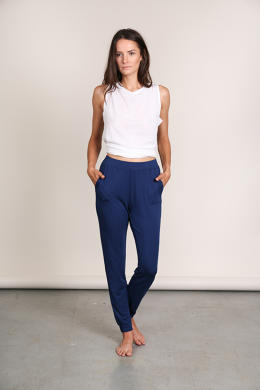
Indeed, some people can’t seem to justify spending money on an item that no one else sees, and the market is adapting for them: More and more retailers are tweaking sleepwear to be suitable for daytime use, thereby changing the consumer’s perception of a pricey PJ purchase—much like how now ubiquitous yoga leggings have become acceptable beyond the gym.
Designer Andy Spade, cofounder of Kate Spade, noticed that a good chunk of the workforce—many working from home or coffee shops—wanted to dress more casually and comfortably, but had few options outside of athleisure wear. In 2013, he launched Sleepy Jones, a sleepwear label intended to be worn both inside and outside the home. Spade envisioned separates that could go from the bed to the office to dinner, with the same ease and grace as Julian Schnabel.
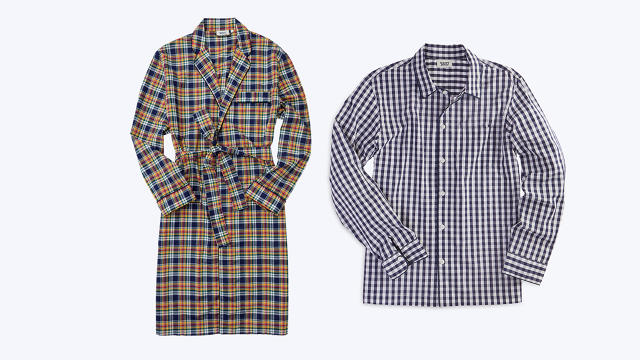
“I didn’t see any one brand own the category,” Spade said of the market, which a few years ago was still relegated to a few high-end companies or just several designs from L.L. Bean or J.Crew. “People would touch on it but it really wasn’t their focus…There wasn’t one brand that stood out, like when I think of a trench coat, I think of Burberry or London Fog,” he notes.”I wanted to own the [pajama]category.”
Spade took a full-on concept approach, incorporating separates, robes, underwear (“that’s going up against Calvin Klein and the big guys”), socks, accessories, and more. Apart from two brick-and-mortar stores in New York and Los Angeles, Sleepy Jones is sold in boutiques and e-retailers nationwide. It has seen sales double year-over-year and its designs worn by celebrities like Lena Dunham and Jason Schwartzman—but the brand is particularly making a splash in fashion-forward Japan, which now accounts for 20% of its business.
“It’s not just a pajama company. I don’t even call it that,” he explains. “I call it ‘at-leisure’—I’ve been defining this category that is completely uncharted right now.”
It’s a huge opportunity. Mr Porter, the online men’s retail destination, carries Sleepy Jones in its dedicated pajama department, which includes Derek Rose, Oliver Spencer Loungewear, and Zimmerli. According to Daniel Todd, buyer for Mr Porter, the fashion hub has bolstered their sleepwear category in the last two years, seeing it grow 70% in sales.
Similarly, Shopbop sells a wide range of sleepwear lines, such as Eberjey, Olivia von Halle, and Only Hearts. “There has definitely been more contemporary lines popping up in the last few years,” said the online boutique’s fashion director, Caroline Maguire. “I think there will always be a consumer interest in sleepwear and loungewear. Who doesn’t want to dressy comfy, and be fashionably fab while in it?”
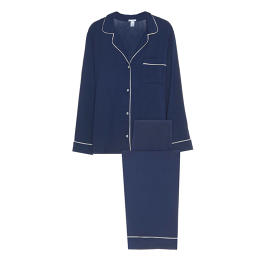
Comfort and versatility are key. The goal is to supply the consumer with the utmost defense against disturbed sleep—for some people, even the slightest itch or an incompatible fabric can ruin a good night’s rest.
“I don’t think [consumers] have been presented with a viable option, and that’s how we see ourselves,” says Lunya’s Merrill. “Athletic wear has done a really good job of creating a product that makes women feel good. We have an opportunity to make that someone feel comfortable and be her more confident self” at home and in the bedroom.
This is all part of a bigger trend of sleep awareness in America. With the CDC reporting that more than one-third of the U.S. population suffers from sleep deprivation, it’s no wonder the biological necessity is a hot topic of late. From Arianna Huffington’s bestselling book The Sleep Revolution to celebrities taking up the cause (Christina Applegate is now helping fight insomnia), sleep is at the forefront of many health discussions. It’s all part of the larger conversation about America’s need for equilibrium in an increasingly busy world, and the many things that can help us achieve it.
BedHead Pajamas, an established line sold in over 750 specialty stores, has seen 10% growth over the last year, an increase founder Renee Claire partially attributes to consumers’ interest in the health category. A “go-to” for Hollywood’s pajama needs (including for the hit TV show The Mindy Project), BedHead’s prints-focused collections are gaining traction with women who want to commit to a better p.m. routine. “Sleep is in,” Claire asserts.
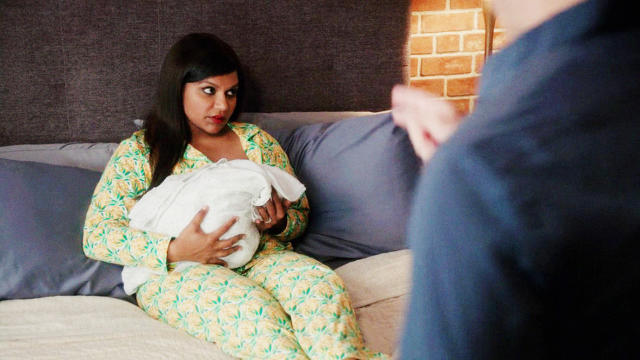
“The more people are thinking about sleep and taking it seriously and treating it like the important thing that it is, it follows that sleepwear becomes a bigger, more important market,” says Mazur, who has seen an uptick in the number of her readers and podcasts listeners who request PJ recommendations.
While consumers get a grip on the many options out there, the race is on to see just who will be crowned the pajama industry victor. Until then, these companies are certainly not slowing down.
“I think in 10 years we’ll see this as a real force as a category,” says Spade. “I just see this as a huge opportunity.”
Fast Company , Read Full Story
(38)

